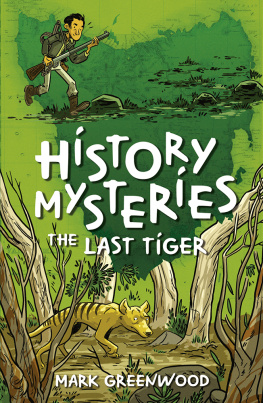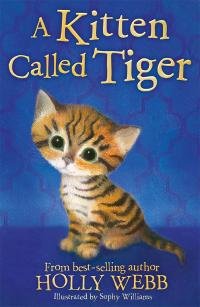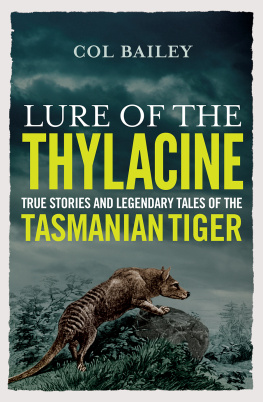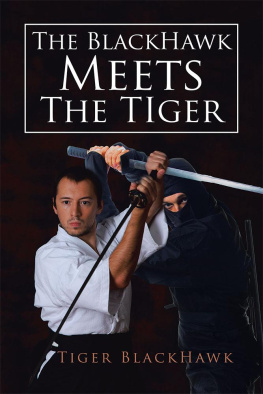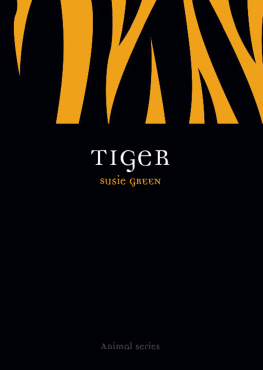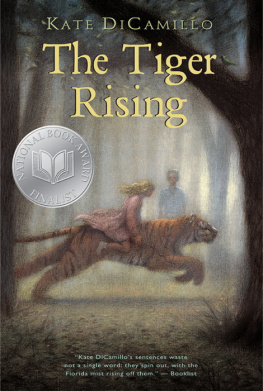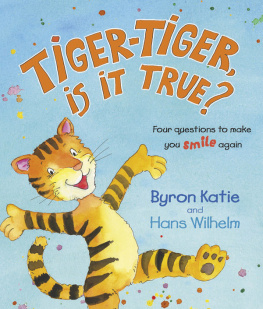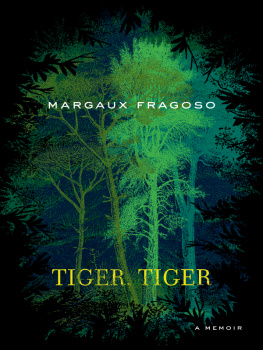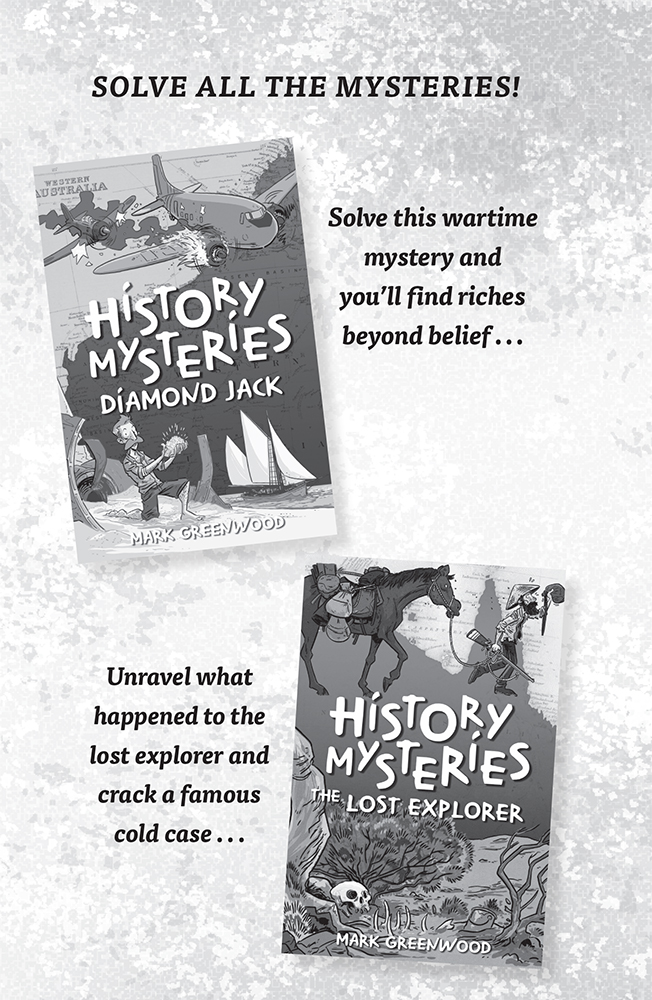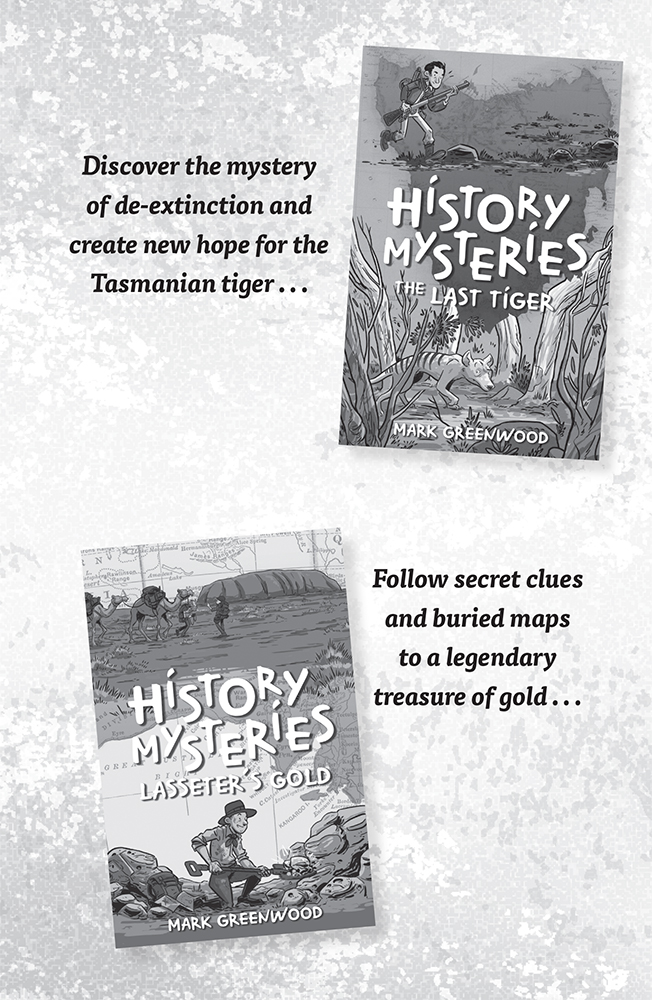Mark Greenwood is a history hunter. He enjoys searching for lost explorers and glittering treasure, delving into mysteries and solving famous cold cases. Most of all, he loves sharing the stories that he finds.
Marks books include Jandamarra with Terry Denton and Simpson and his Donkey with Fran Lessac. His award-winning books about Australias history have been published around the world.
National Threatened Species Day is observed every 7 September a date that commemorates Benjamins death. It is a day to reflect on how we can protect the rarest wildlife species on earth.
Tragically, Australia has many critically endangered species and one of the highest extinction rates in the world. The story of the Tasmanian tiger reminds us how important it is to conserve threatened flora and fauna.
The thylacine became an animal to fear and exterminate because of human ignorance and the idea of progress. There is not one redeeming point in the cowardly animal, farmers declared. It is worthless, except for its hide.
Now human memory of the Tasmanian tiger is preserved only in ancient rock art, dog-eared photographs and drawings, the memories of old bushmen and sixty-two seconds of silent black-and-white film. The pickled pup and thylacine fossils are exhibited with skulls, bones and skins in museums and private collections.
The tiger, once real, is now only imagined. This once-despised animal now features on the coat of arms of Tasmania. It is the logo of a city, a TV station, a supermarket, a bus line and a cricket team. It is the subject of feature films, documentaries, artworks and books.
I cling to a faint hope that somewhere in the wilderness the Tasmanian tiger lives on. Scientific evidence suggests otherwise and there is no conclusive proof, but theres plenty of unexplored tiger country.
In recent years, a different kind of bounty has been put on the Tasmanian tiger. In the 1980s, an American businessman put up $100,000 as an incentive to find one in the wild. Then a magazine offered $1.25 million to capture a live, uninjured animal. A travel company topped that with an offer of $1.75 million. But proof that this wonderful creature still exists would be priceless...
Are you a true believer? Could you be the one to rediscover the tiger? Or perhaps one day youll be the scientist who goes down in history for bringing a tiger back from the dead.
For Susan and Michelle
Special thanks to Rosemary Fleay-Thomson; Ken Mulvaney, Principal Advisor, Cultural Heritage, Rio Tinto; Craig Bonney, Chief Executive Officer, Murujuga Aboriginal Corporation; Sean McNeair, Manager, Murujuga Land and Sea Unit; Carol Freeman; Gary Presland, Librarian/Archivist, Field Naturalists Club of Victoria; Fran Lessac and Michelle Madden
PUFFIN BOOKS
UK|USA|Canada |Ireland|Australia
India|New Zealand|South Africa|China
Penguin Books is part of the Penguin Random House group of companies
whose addresses can be found at global.penguinrandomhouse.com.

First published by Penguin Random House Australia Pty Ltd, 2017
Text copyright Mark Greenwood, 2017
The moral right of the author has been asserted.
All rights reserved. Without limiting the rights under copyright reserved above, no part of this publication may be reproduced, stored in or introduced into a retrieval system, or transmitted, in any form or by any means (electronic, mechanical, photocopying, recording or otherwise), without the prior written permission of both the copyright owner and the above publisher of this book.
Cover and text design by Tony Palmer Penguin Random House Australia Pty Ltd
Cover and internal illustrations Douglas Holgate
penguin.com.au
ISBN: 978-1-76014-289-6
About the Book
Delve into some of Australian history's most baffling mysteries! On September 7, 1936, the last captive Tasmanian tiger dies alone and neglected in a Hobart zoo. Since then many people claim to have sighted this amazing creature. Did the entire species vanish forever on that bleak night? No one can prove the tiger still exists, but could a determined searcher and modern science provide a glimmer of hope?
THE BEGINNING
Let the conversation begin...
Follow the Penguin Twitter
Keep up-to-date with all our stories YouTube
Pin Penguin Books to your Pinterest
Like Penguin Books on Facebook
Find out more about the author and
discover more stories like this at penguin.com.au
History tells us that on the evening of 7 September 1936, the last captive Tasmanian tiger died at the Hobart Zoo. It is one of the most famous extinction events in modern history. But is this mysterious marsupial really gone forever?
In the north of Western Australia, I found ancient images of this amazing creature engraved into the rocks of the Burrup Peninsula. These carvings inspired me to find out more about the thylacine and the mystery that surrounds its extinction.
When Europeans came to Australia, they discovered bizarre creatures that couldnt be found anywhere else the platypus, the echidna, the wombat, the koala and the kangaroo.
The strangest of all was a carnivorous marsupial the size of a large dog with tiger-like stripes. It could hop and leap like a cat and carried its young in a backward- facing pouch.

